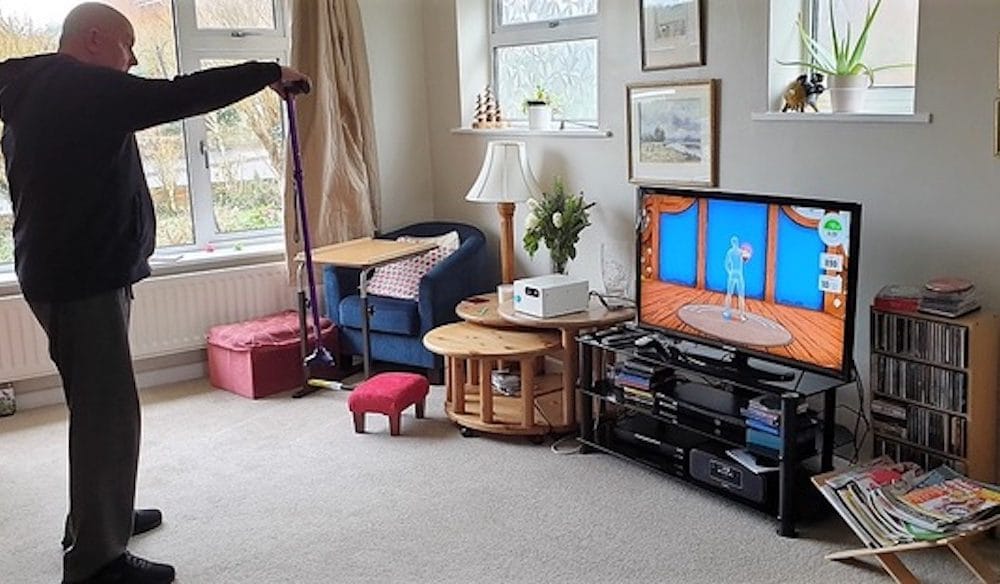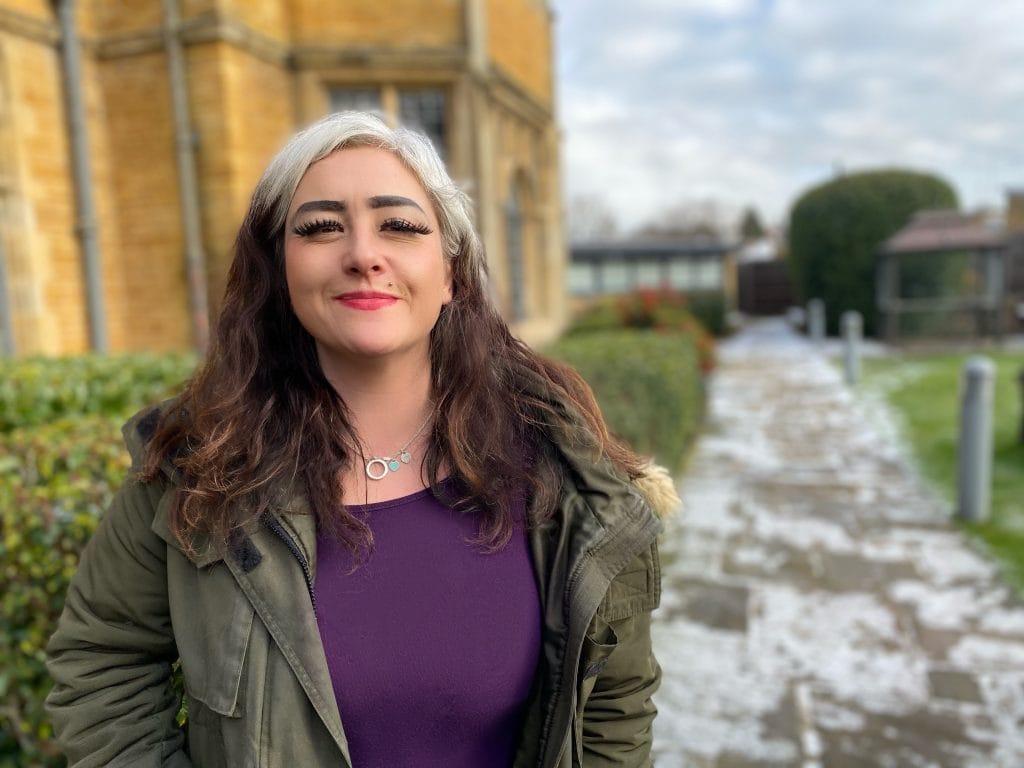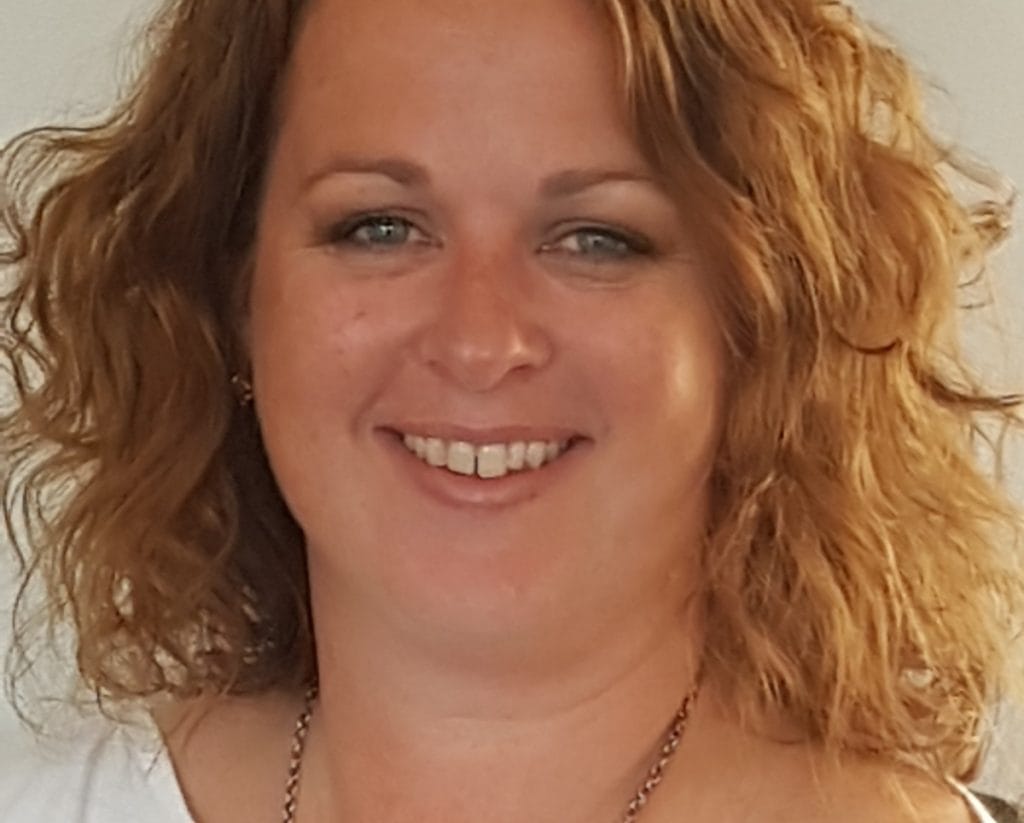
Neurophysio patients are receiving personalised virtual rehabilitation through the adoption of new technology.
Hobbs Rehabilitation is supporting chronic stroke patients by enabling them to use the EvolvRehab platform for at-home therapy, with exergames playing a central role in the rehab approach.
The use of EvolvRehab will be subject to a year-long study – funded by the Seedcorn funding program of the NIHR Brain Injury MedTech Co-operative (MIC) based in Cambridge, with researchers from the University of Winchester – to measure the level of effectiveness, as well as acceptance by patients.
Initial feedback from the first two stroke survivors to begin using the newly-launched Evolv RehabKit has been described as “extremely positive” with three-month programmes involving the use of prescribed exergames designed around their individual needs.
The integration of Microsoft Teams into the EvolvRehab platform means that patients can maintain direct contact with their therapists with periodic video meetings.
Hobbs are also using Teams to provide the patients with their weekly questionnaire that will be used in the study.
Hannah Woods-Hier, the therapist supervising the project for Hobbs, is overseeing the personalisation of the exergames for each of the patients, as well as following their adherence to treatment and performance results.
“We are enabling an engaging programme of exercises for patients that can be tailored by their therapist to their needs to be completed at home,” says Hannah.
“I find that patients are more compliant with the programme as they are having fun while doing it and perhaps completing more exercise than they think, as they are engaged in the games as opposed to the number of repetitions they are completing as in traditional home exercise programmes.
“Patients are able to see how they are moving through the avatar on screen, which provides prompts to them to monitor the quality of their movement rather than just achieving it, which is always a difficult monitor through a traditional home exercise programme.
“This gives the patients greater awareness of their own movement patterns.”
And while patients are engaged in the games, therapists are monitoring their progress remotely, says Hannah.
“This lets me know how the patient is adhering to the programme, as well as the length of time each session takes and how many repetitions they are completing,” continues Hannah.
“This lets me personalise their programme further to ensure they are working at the correct level and intensity, progressing them as needed.”
The use of the RehabKit in patients’ homes is part of the developing relationship between the tech business and Hobbs Rehabilitation.
“We’ve been using the EvolvRehab solution at Hobbs for years now, and we’ve worked closely with the Evolv team to provide them with clinical feedback on their products,” says Nicky Ellis, co-founder of Hobbs Rehabilitation.
“The NIHR Seedcorn project gave both of us an excellent opportunity to test their new RehabKit directly in patients’ homes.
“The project start was delayed because of the COVID lockdown here in the UK, and the pandemic has greatly reduced the possibility of patients to receive one-on-one or group therapy in clinics, which makes this telerehabilitation project even more relevant.
“Now that we have EvolvRehab up and running with patients, we’re looking forward to seeing the results.”
David Fried, CEO of Evolv, says of the project with Hobbs: “This collaboration with Hobbs marks an important milestone in terms of promoting telerehabilitation for stroke patients in the UK. This NIHR Brain MIC funded-project demonstrates the clear interest in seeking ways of providing greater access to specialised rehabilitation directly in the home.
“Judging by the early response from patients, they’re also very keen to do more rehabilitation in their own time with the aim of improving their quality of life. People are really enjoying using our RehabKits with EvolvRehab personalised exergames as a way of increasing intensity and dose of therapeutic activity, which is so important in helping improve outcomes for stroke survivors.”









